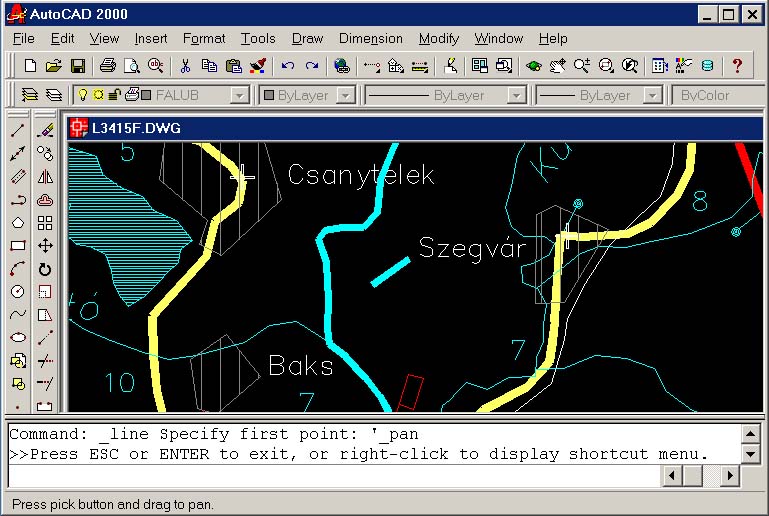Vector file formats
Vector graphics is the creation of digital images through a sequence of commands or mathematical statements that place lines and shapes in a given two-dimensional or three-dimensional space. In physics, a vector is a representation of both a quantity and a direction at the same time. In vector graphics, the file that results from a graphic artist's work or CAD is created and saved as a sequence of vector statements. For example, instead of containing a bit in the file for each bit of a line drawing, a vector graphic file describes a series of points to be connected. One result is a much smaller file.
At some point, a vector image is converted into a raster graphics image, which maps bits directly to a display space (and is sometimes called a bitmap). The vector image can be converted to a raster image file prior to its display so that it can be ported between systems.
A vector file is sometimes called a geometric file. Most images created with tools such as Adobe Illustrator and CorelDraw are in the form of vector image files. Vector image files are easier to modify than raster image files (which can, however, sometimes be reconverted to vector files for further refinement).
Animation images are also usually created as vector files. For example, Shockwave's Flash product lets you create 2-D and 3-D animations that are sent to a requestor as a vector file and then rasterized "on the fly" as they arrive.
Samples:
- AI (Adobe Illustrator)
- DXF (Autodesk Drawing Exchange Format)
- HPGL (Hewlett-Packard Graphic Language)
- CDR (CorelDraw drawing)
- FHx (Macromedia Freehand Graphics)


[Table of contents] [Next]
Suggestions are welcome
zetor@ludens.elte.hu

